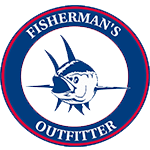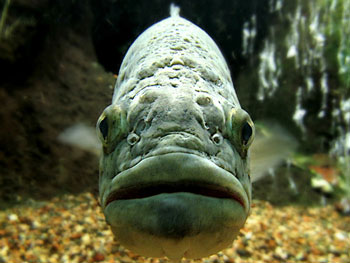5 Things You Should know about the best Hooks
February 4, 20134 Things You Should Know About Marlin Fishing
February 18, 2013Choosing the proper fishing line and leader is very important in achieving your goal of catching a fish. Nowadays there are several different types of lines available for you to use. Some of these types are geared to those who fish for sport, while others are geared towards those who fish for commercial reasons. Here are Lines and Leaders 101: the basics:
Very few people know that there are eight different types of fishing line on the market today. The type of line that most of us are familiar with is the monofilament fishing line. This type has been around since 1939. Back then, it was stiff and heavy. Improvements have been made on monofilament fishing line to give it more flexibility and stretch.
Momoi’s Fluorocarbon LineOther types of lines are; Fluorocarbon, Copolymer, Braided, Fused, Fly Line, Lead Core, and Wire. Each of these lines have their own qualities, strengths, diameter, stretch, flexibility, visibility, and resistance.
- Fluorocarbon line is more costly than monofilament line; however, it has been designed for more flexibility, is less corrosive, and is barely visible, unlike monofilament line. This type of line is used in saltwater fishing as well as fly-fishing, due to its almost invisible appearance. It remains strong and intact in spite of exposure to the sun, gasoline, and other chemicals that can be found on boats. That is why those who are into sport fishing favor Fluorocarbon lines. It is resistant to abrasion and has density, which permits it to sink, instead of float. It also does not absorb the water, nor stretch out of shape.
- Copolymer is stronger than monofilament line. It has a small diameter and is shock and abrasion resistant. It does not stretch out of shape and is very strong.
- Braided line at one time was made of silk. Silk braided line had to be hung out daily to avoid rot. Nowadays, rayon and polyester are now used in the manufacturing of braided fishing line. Braided lines made of rayon are strong, shock resistant, and waterproof. Dacron or polyester braids are used for deep trolling and for backing on fly reels.
- Fused line is very popular and consists of microfiber fused together producing a line that is lightweight, durable, strong, abrasion resistant, thin and has superior strength.
- Fly Line is a product that has an inner and outer core. The inner core is monofilament and the outer core is usually PVC. Fly lines are made to help you with the casting of your line.
- Lead Core and Wire are weighted trolling line and used in situations in which you have to go into deep water in order to catch fish. Commercial anglers often use this type.
- Leaders are just as important as lines in fishing. Leaders come in many shapes and are made from many different materials. Having a proper leader will ensure you catch the fish that you desire.
Study these tips on Lines and Leaders 101: the basics before you set out on a fishing trip and…happy fishing!

